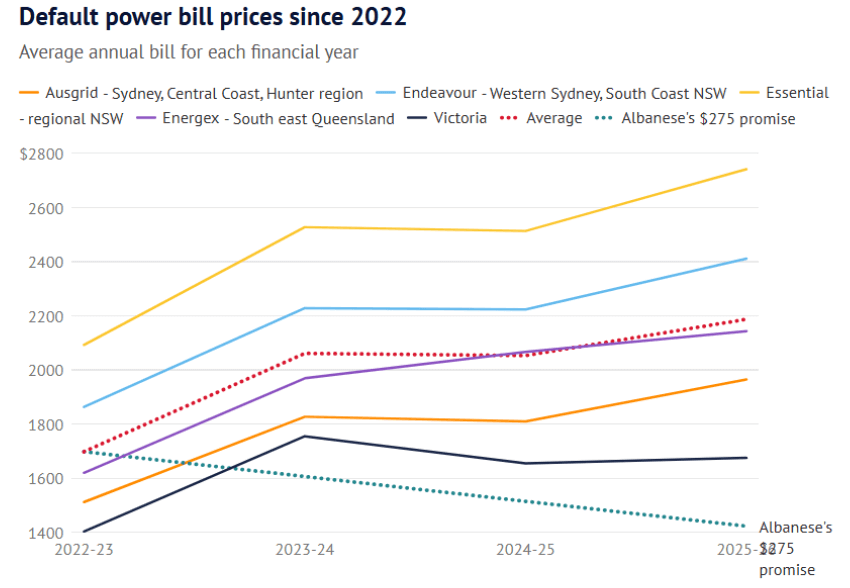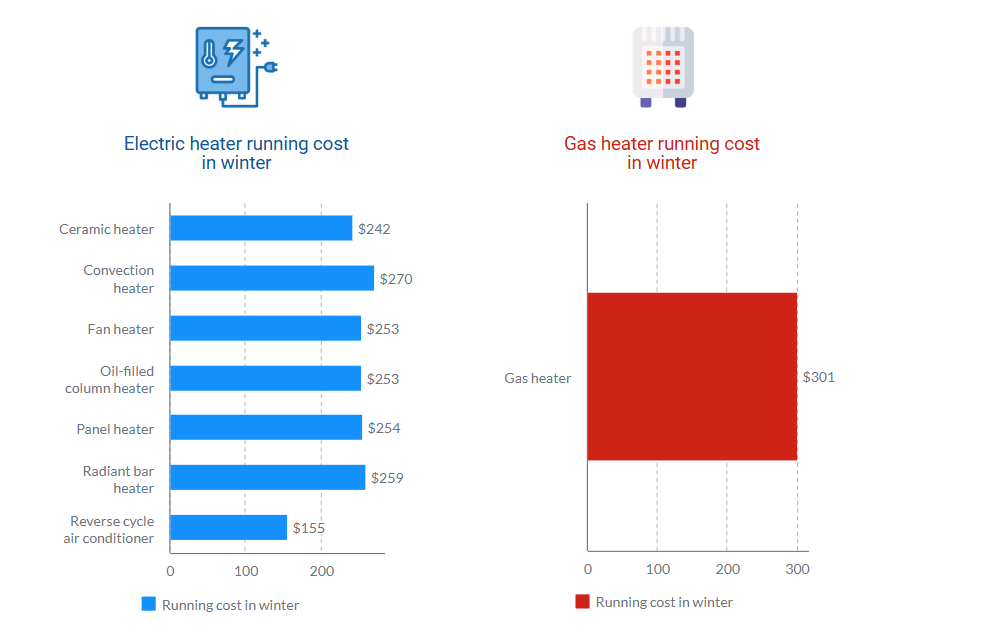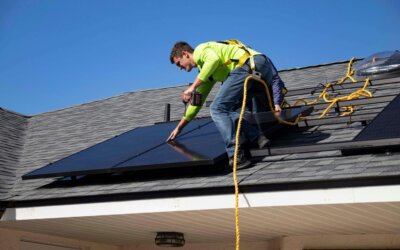Home heating is one of the biggest costs for any family or business, but there are ways to minimise the expense.
Gas consumption in Australia is falling faster than anticipated, with green energy from wind and solar sources having a big impact sooner than expected. The Australian Energy Marketing Operator (AEMO) stands by its previous warnings that a structural deficit in gas supply is due to emerge from 2028, which means less gas and higher prices.
There was an increase of 9.1% ($219 per year) for households and 7.1% for small businesses on July 1 for access to the electricity grid. The Australian Energy Regulator says the increase was necessary to reflect rising wholesale and network costs. The increase for central west and western NSW was the state’s highest.

Source Sydney Morning Herald and AEMO
Further, gas is being phased as a source of energy in the home. Victorian and ACT governments have already banned it in new housing builds. Positive news is the federal government’s bill relief was extended for the 2025-26 financial year, and kicked in on July 1, with an additional $150 for each household and eligible small businesses.
What’s can reduce large winter bills?
While some changes require a significant financial investment, there are some cheap and easy ways to cut costs in the home this winter. The best way to save on energy is to make your home as thermally efficient as possible – this doesn’t have to be expensive. Here’s a basic checklist you can follow.
What to do first
The best thing to save on energy is to make your home thermally efficient long term. This doesn’t have to be expensive.
- Eliminate draughts: this is the number one “bang for your buck” way to cut costs in winter. You can now borrow a handheld thermal camera at the Orange City Library to identify cold and hot spots in your home. It can help you find draughts, where your home is literally leaking heat. These are often around windows and doors, which can be solved with weather stripping available at local hardware stores. Draught excluders and door snakes may become your best friend.
- Insulate If it’s already insulated, ensure it’s all in place, and consider upgrading if you can afford it. Retrofitting insulation underneath your home is also worth considering.
- Install curtains, peplums and blinds.
- Think about getting double or triple glazed windows and doors. You don’t have to do all of your house at once. Perhaps ones in the rooms you use the most? Again, research needed to ensure you’re getting the best buy.
- Rugs can provide some useful insulation on a hard floor and tiles.
- The humble bubble wrap can act like a layer of insulation similar to double glazing if stuck to your windows. It’s budget friendly and a great idea for renters.
Comparing gas to electricity
Per household third party advocate group Finder’s research shows the average winter bill is $249 ($2.48 per day). The average cost to use electricity is $241, compared to gas at $301. A reverse-cycle electricity system costs about half the price of the average gas system to run. However, it is a large outright cost compared to a cheap space heater. This is where planning comes in.

Source: Finder https://www.finder.com.au/energy/winter-heating-costs
But, what does all this mean when it comes to consumer choice? The following explains all the current available home heating options.
Research from the state and federal governments and consumer advocate groups all mark gas down when it comes to safe, efficient and affordable home heating, with many negatives outweighing any positives. Like gas in the kitchen, harmful pollutants such as carbon monoxide, nitrogen dioxide and formaldehyde, are associated with respiratory problems including asthma, and potentially carbon dioxide poisoning. It can lead to lung cancer and other long term health problems as well. Environmental concerns include greenhouse gas emissions.
Renewables Path Planner
Electrify 2800 group is here to help you save money, live healthier by getting off gas. We want everyone to make the most of every investment. The Electrify 2800 planning tool will help you consider the worth of your current appliances, and have a plan moving forward with electricity.
What’s available?
Reverse cycle air conditioning
These are highly energy-efficient, offering both heating and cooling. The outside unit essentially sucks in air, either warming or cools the air and it into a building. They are the most energy efficient options on the market, especially considering how ducting works to heat different areas of your house.
Space Heaters
These are portable and often used to heat small areas or rooms, they come in various forms like fan heaters, ceramic heaters, and radiant heaters.
- Fan heaters use a fan to circulate heated air, offering quick warmth thus using a lot of energy.
- Ceramic heaters produce fast and even heating. They can reach their target temperature very quickly and cool down just as fast, making them an energy efficient choice.
- Convector heaters heat the air by convection, gradually raising the temperature of a room.
- Oil-filled radiators have a heating element to warm oil, which then radiates heat, providing a gentle and consistent temperature. Given they retain heat, they are efficient to run.
- Radiant bar heaters: These heaters radiate heat (through infrared rays) outward generated from bars integrated into the heater. They heat objects not the air. They can also be used to heat large spaces, for example offices, classrooms, ch
Baseboard heaters
Mounted on walls, they provide consistent heat and are often found in older homes.
Electric storage heaters
These heaters store heat during off-peak electricity rates and release it when needed.
Underfloor heating
Embedded in floors, these systems provide a uniform heating solution so can be expensive to operate.
Hydronic heating
Hydronic heating is a system that uses water to distribute heat, offering efficient and comfortable warmth without the need for forced air. It operates by heating water in a boiler (gas or electric powered) and then circulating it through a network of pipes to various heat emitters like radiators or underfloor heating.
The systems have a high initial cost, yet are the most efficient to run. Systems on a gas boiler are more expensive. However, systems run on heat pumps make it a very efficient option.
Planning for the future involves a lot of research, plus asking your friends and community for advice. Renters face many issues when it comes to heating solutions, but can lobby their landlord or look for properties with better solutions next time. As mentioned, the initial installation price of appliances needs to be considered moving forward. This fact-checked research by Finder compares different 4 Star models of both gas and electric energy sources.
If you’re looking to install, ensure you get at least three quotes when looking around the local market. There are mixed experiences using installers from out of town regarding solar panels and batteries.
Please share with us your experiences and we may be able to help you based on our experience.
Email electrify2800@gmail.com or send us a message on Facebook.





0 Comments